Viking longships are known for their sleek design and shallow draft, making them a marvel of engineering.
These vessels, ranging from 20 to 30 meters in length, were built using a clinker construction method, where overlapping planks were riveted together to form a flexible yet sturdy hull.
But what made these longships truly ingenious was their ability to ride the waves, allowing them to navigate through even the roughest seas.
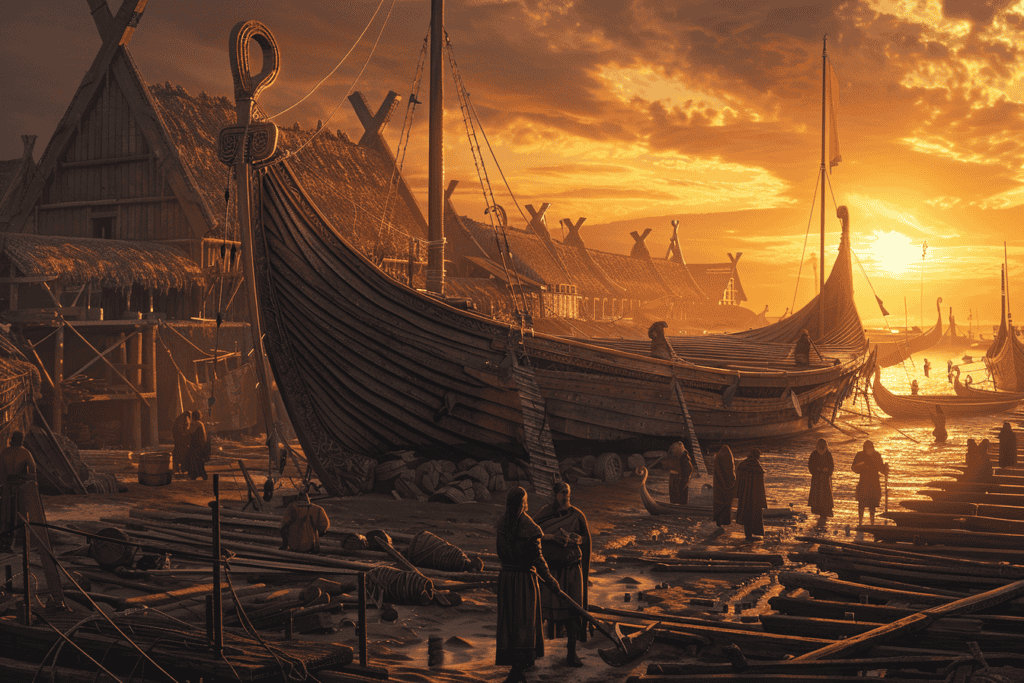
The flexible hulls of Viking longships were designed to bend and twist with the waves, rather than fighting against them.
This allowed the ships to ride the waves like a surfer, rather than being tossed around by them. The result was a smooth and stable ride, even in the most treacherous conditions.
This made Viking longships ideal for both warfare and exploration, allowing them to travel further and faster than any other ships of their time.
The Evolution of Viking Longships
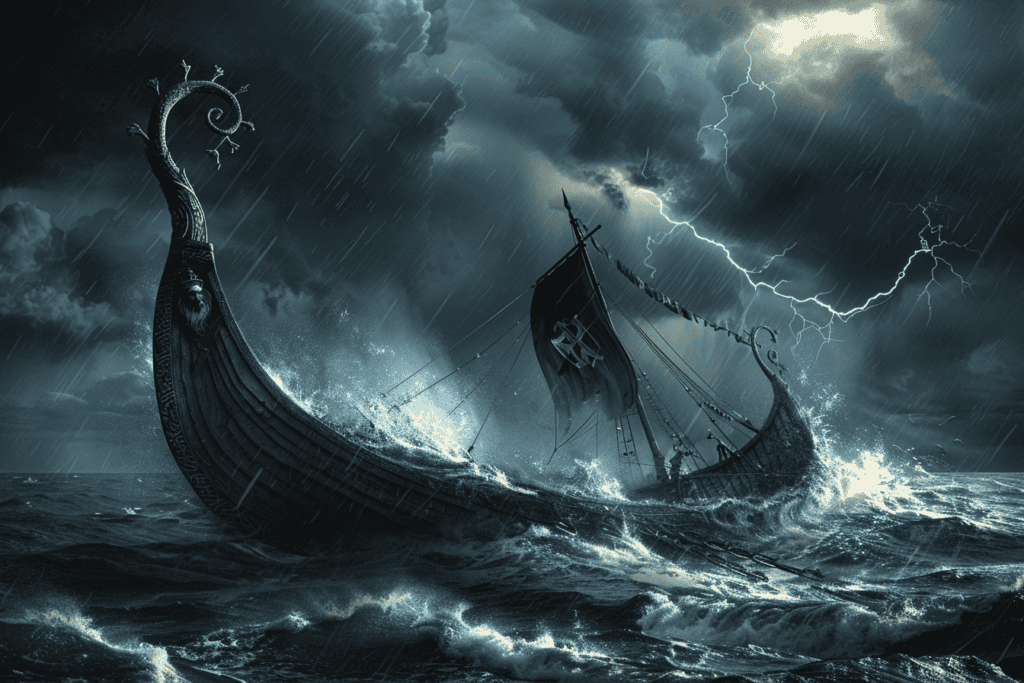
The Viking Longship is an iconic symbol of the Viking Age, which lasted from the late 8th century to the mid-11th century.
During this period, the Vikings, who were seafaring people from the Scandinavian region, used their longships to explore and conquer new lands.
The longships were instrumental in the Viking’s success and played a significant role in their expansion across Europe and beyond.
The Viking Longship was not a single design but rather a range of ship types that evolved over time. The earliest longships were simple boats used for fishing and short-range travel.
However, as the Vikings began to explore further afield, they needed ships that were faster, more maneuverable, and capable of carrying more cargo and troops.
Technological Advancements
Over time, the Vikings made significant technological advancements in shipbuilding, which allowed them to create longships that were more efficient and effective.
One of the most significant advancements was the clinker-built technique, which involved overlapping planks of wood to create a flexible hull. This technique allowed the longships to withstand the rough seas of the North Atlantic and gave them the flexibility to ride the waves.
Another significant advancement was the use of a keel, which provided stability and allowed the longships to sail close to the wind. The Vikings also developed a range of sailing techniques, such as tacking and rowing, which allowed them to navigate complex waterways and make quick getaways.
The Gokstad and Oseberg longships, which were discovered in Norway in the late 19th century, are excellent examples of the Viking Longship’s technological advancements. These ships were built in the 9th century and are considered some of the finest examples of Viking shipbuilding. They were equipped with sails, oars, and a range of weapons, making them formidable warships.
Today, visitors can see these impressive ships at the Viking Ship Museum in Oslo, Norway. The museum is home to a range of Viking artifacts, including longships, which provide a glimpse into the Viking’s seafaring past.
Design and Construction
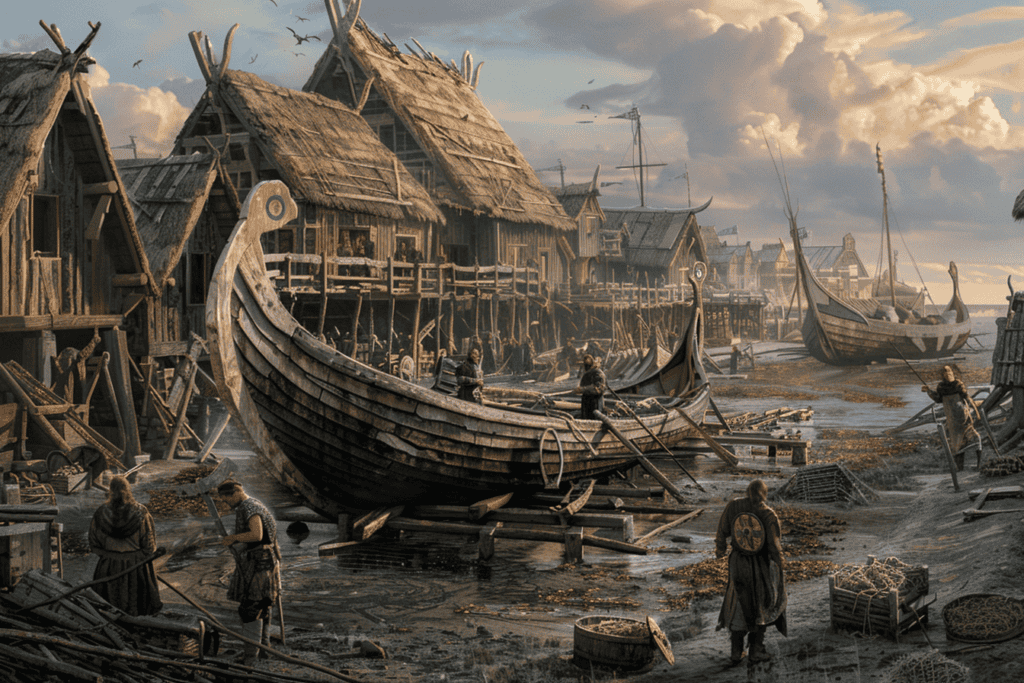
The hull of Viking longships was designed to be both strong and flexible, allowing them to withstand the rough waters of the open sea.
The clinker-built design was used, where oak planks were overlapped and fastened together with iron rivets. This created a hull that was both strong and flexible, able to bend and twist with the waves without breaking.
One of the most important features of the Viking longship was its flexibility. This allowed the ship to ride the waves rather than fighting against them, making it much easier to navigate through rough waters.
The hull was designed to be able to flex as needed, giving the ship the ability to absorb the impact of waves without sustaining damage.
Materials and Craftsmanship
The Viking longship was built using the highest quality materials and craftsmanship. The shipbuilders used oak planks for the hull, as oak is a strong and durable wood that can withstand the rigors of the open sea.
Pine was used for the mast and rowing oars, as it is a lighter wood that is easier to work with.
Craftsmanship was also a key factor in the design and construction of Viking longships. The shipbuilders were skilled artisans who hewed the planks by axe to provide maximum strength.
By following the natural grain of the wood, the builders increased the flexibility needed to bend the plank during the ship’s final phase of construction.
The keel, stern, and bow of the ship were also carefully crafted to ensure maximum power and maneuverability.
The keel was designed to provide stability and prevent the ship from capsizing, while the stern and bow were shaped to allow the ship to cut through the waves with ease.
Viking Voyages and Discoveries
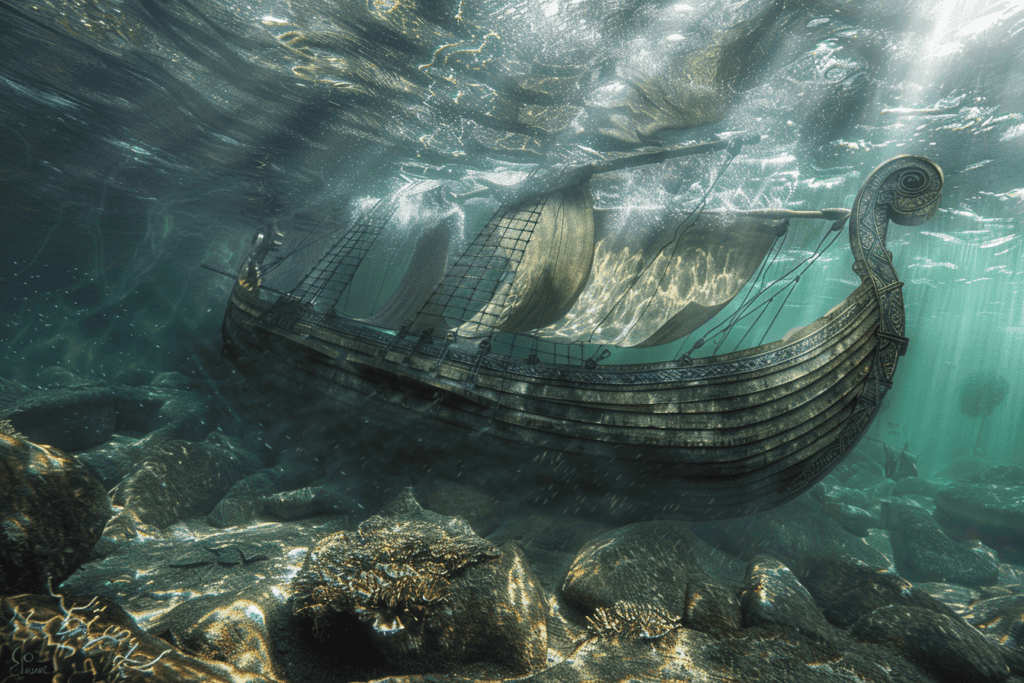
The Vikings were master navigators who used a variety of tools and techniques to navigate the open sea.
They relied on the position of the sun, stars, and birds to determine their location and direction. The use of a sun compass, which consisted of a wooden disk with a peg in the center, allowed the mariners to determine the position of the sun even on cloudy days.
In addition, the Vikings used a variety of other navigational tools, including the kamal, a device used to measure the angle between the horizon and the North Star, and the astrolabe, a tool used to measure the altitude of the stars.
The Vikings were also known for their long voyages and their ability to discover new lands.
They sailed across the Atlantic Ocean to reach Newfoundland, where they established a settlement at L’Anse aux Meadows. They also sailed to the Mediterranean Sea, where they traded with the Byzantine Empire and the Islamic world.
The Vikings’ navigational skills were put to the test during battle as well. They used their ships to launch surprise attacks on their enemies, and their ability to navigate in rough seas and strong currents gave them an advantage over their opponents.
The Vikings’ longships were also used for fishing and exploration. The ships were able to navigate through narrow rivers and shallow waters, allowing the mariners to explore new territories and establish new trade routes.
The technological marvel of the Viking longships was their flexible hulls, which allowed them to ride the waves and navigate through rough seas. The square sail was also a key component of the Viking longships, allowing the mariners to sail against the wind and navigate in any direction.
Replicas of Viking longships have been built and sailed in modern times, demonstrating the navigational prowess of the Vikings and the durability of their ships.
The waves and wave patterns of the open sea continue to challenge modern mariners, but the navigational techniques and tools used by the Vikings remain relevant today.
The Role Of Viking Longships In Trade and Expansion
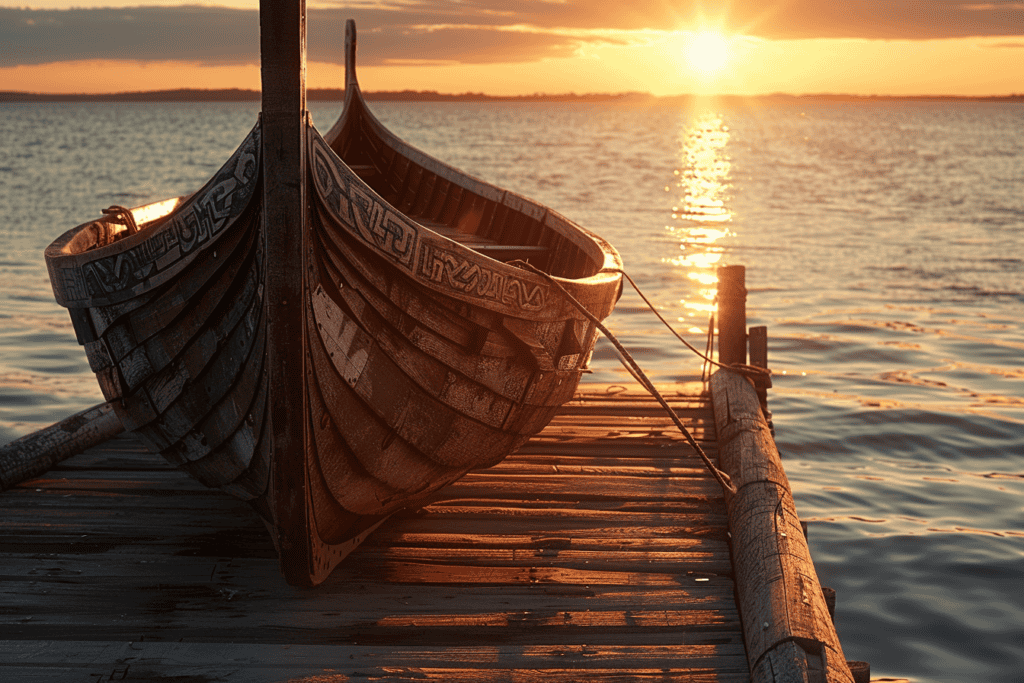
The Viking longships were instrumental in expanding trade and commerce across Europe and beyond.
The Vikings were known for their seafaring skills and their ability to navigate the rough seas with agility and speed. They used their longships to explore new lands, establish new settlements, and trade goods with other cultures.
The longships were designed to be narrow and flexible, which allowed them to navigate through narrow waterways and reach places that were inaccessible to other vessels. This gave the Vikings a significant advantage in trade and commerce.
The Vikings established settlements in places like Iceland, Greenland, and North America, which allowed them to access new resources and expand their trade networks.
The longships were also used for raiding and warfare, which allowed the Vikings to acquire new resources and expand their territories.
The Viking longships had a significant impact on the cultural and economic development of Europe and beyond.
Symbolism and Legacy
The Viking longships were not just tools of trade and warfare; they were also symbols of prestige and power.
The longships were decorated with intricate designs and symbols, which represented the power and influence of the Viking warriors.
The sails of the longships were adorned with the symbols of the gods, which were believed to bring good luck and protection to the warriors.
The legacy of the Viking longships can still be seen today in the technologies and propulsion systems used in modern ships.
The Vikings were masters of shipbuilding and used advanced techniques to create their longships.
They used animal hides to cover the hulls of their ships, which made them more flexible and resistant to damage.
They also used shields to protect the sides of their ships during battle.
The Viking longships were feared by their enemies and respected by their allies.
They were a symbol of the Viking warrior spirit and the power of the Norse gods.
The legacy of the Viking longships lives on today in the cultural and economic impact they had on the world.

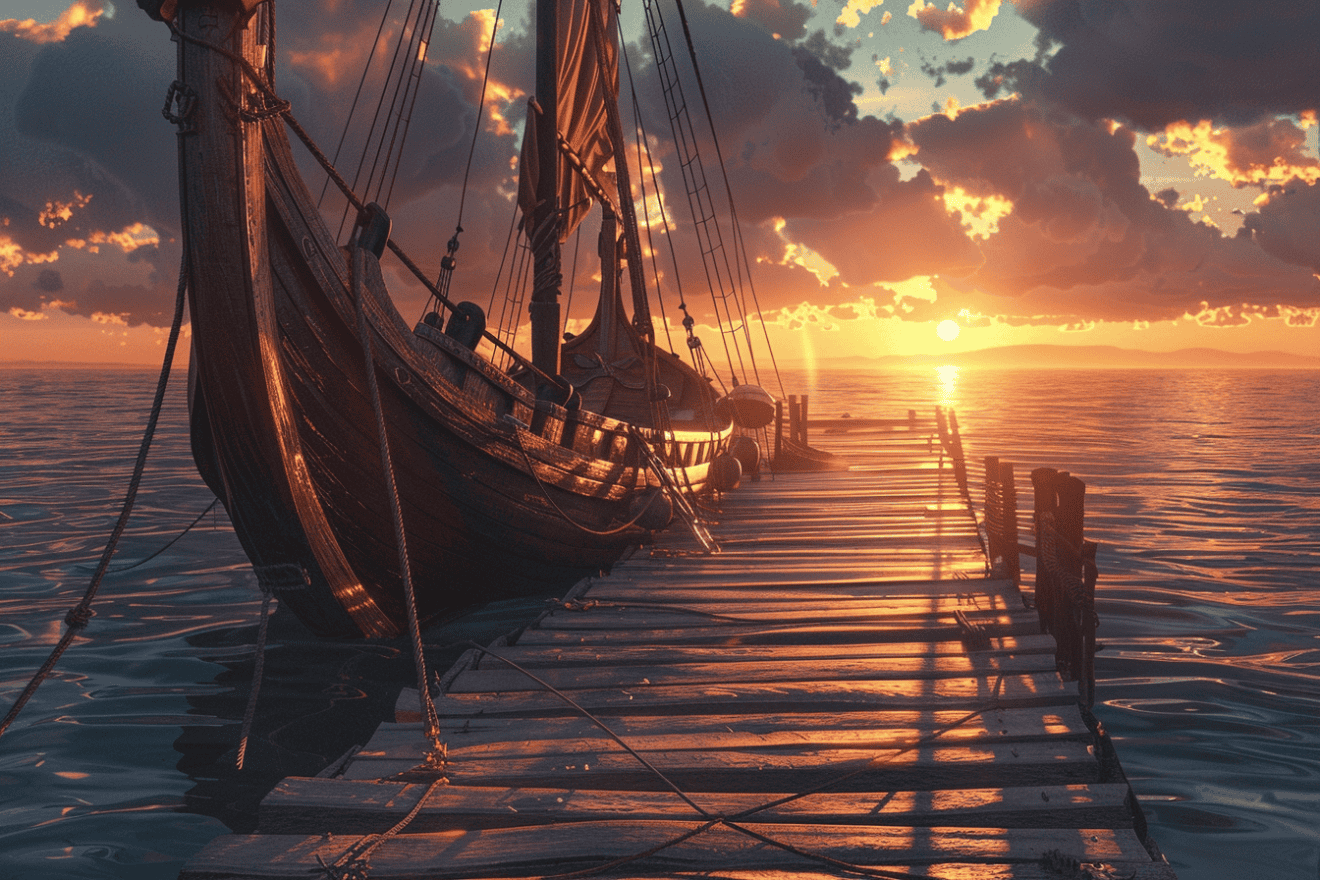
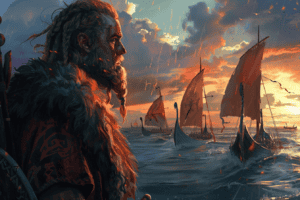
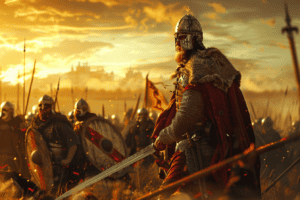






Add Comment